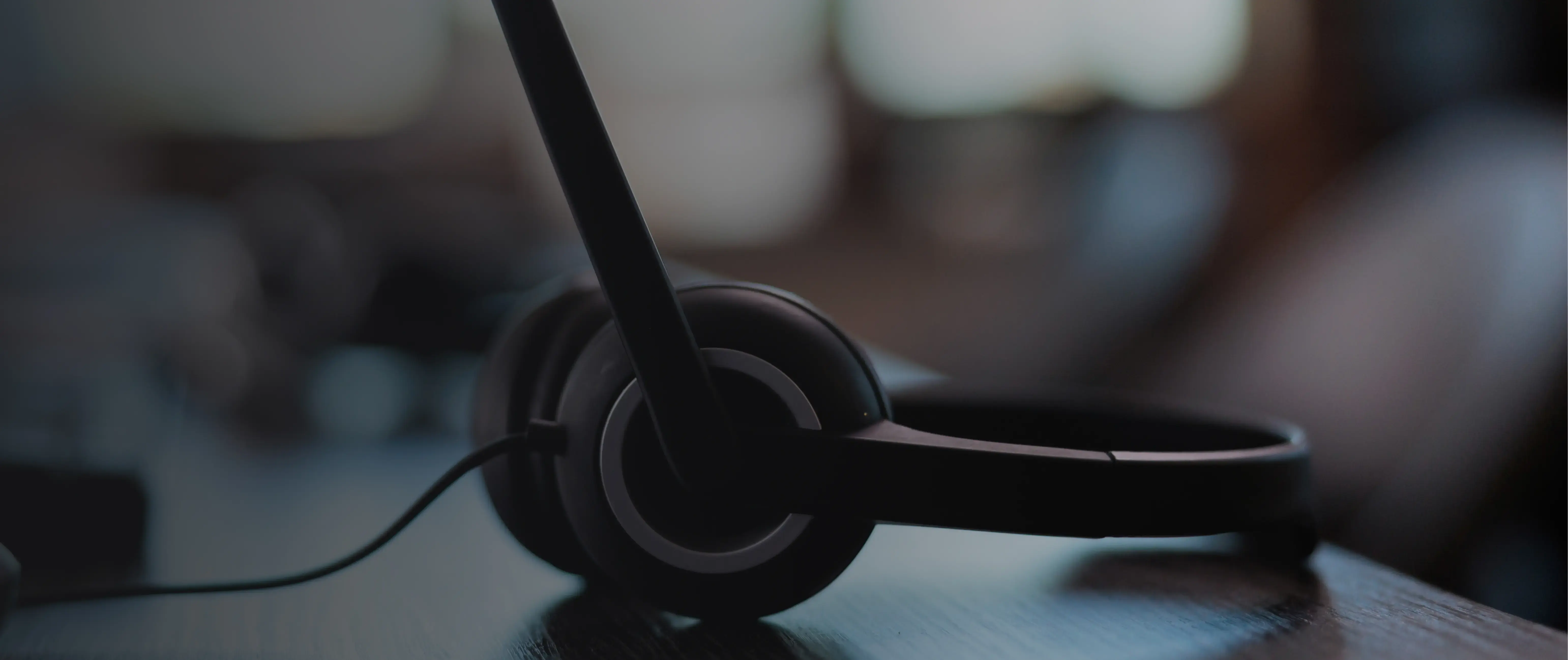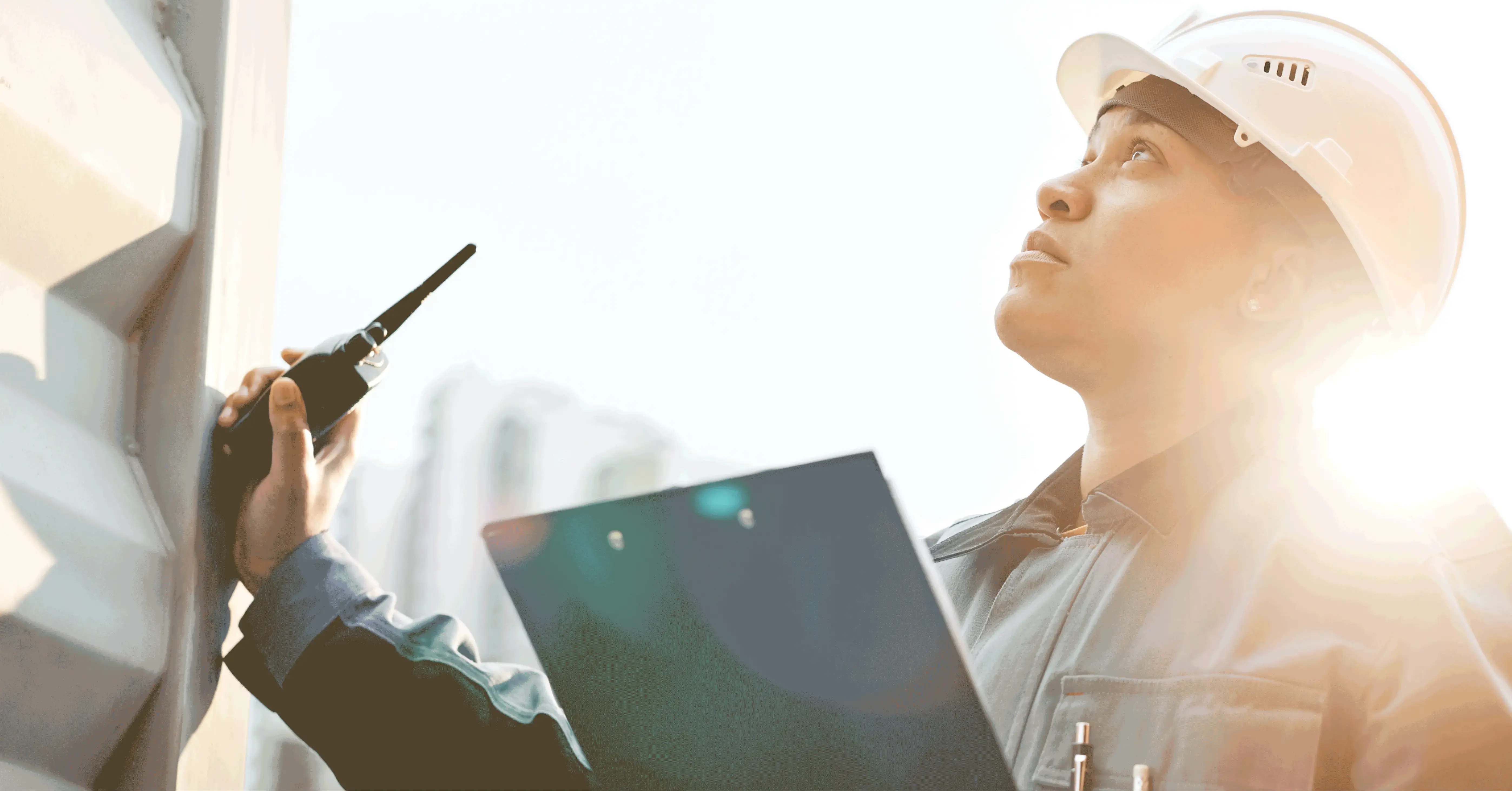In the past decade, the use of digital technology in healthcare has steadily been rising, and is predicted to grow even further in the coming years. In 2021 alone, the digital healthcare market was valued at USD 145.57 billion, and projected to reach USD 430.52 billion by 2028. The scope of digital health has a broad coverage, including mobile health (mHealth), telecare and telemedicine, personalised care, etc. One of the main driving forces of the surge in the digital healthcare market is the increased adoption and utilisation of mobile health in clinics and hospitals, along with the rise of
the relevance of artificial intelligence (AI) in digital healthcare.
While the use and implementation of digital technology in healthcare is still being met with some scepticism and hesitation, it is important to realise that working alongside these innovations will provide the most benefits regarding both healthcare professionals and care-receiving clients.
Practical applications and benefits of digital technology in healthcare
Digital healthcare, or digital health, is generally described as the use of technology in medicine – and other health professions and industries –to manage health risks and promote wellness. On a surface level, it’s easy to see why digital technology is taking strides in healthcare. New innovations are designed to address complex and specific challenges in healthcare, while also providing patients with new healthcare approaches, ultimately saving time, lowering costs, and improving health outcomes. One common example is the use of wearable devices connected to applications in mobile phones, to monitor vital signs and even alert response centres in case of an emergency.
In addition to the above mentioned, following are a few more fields and applications of digital technology in the healthcare field:
Artificial intelligence (AI) – generally defined as “the ability of a digital computer or computer controlled robot to perform tasks commonly associated with intelligent beings,” AI is frequently applied to developing systems equipped with intellectual processes, and AI seeks to imitate and replicate human behaviour and intelligence to address various problems and challenges.
In the context of elderly care, an example of a solution that uses AI is a camera or sensor that can learn the specific patterns of a person’s behaviour, or movement pattern.
Wearable monitoring and tracking devices – today, wearable devices with sensors are among the most relevant innovations in healthcare. The practical applications of wearable devices can range
from; fitness devices, used to track the number of steps taken within a day; to more complex applications such as medical monitoring devices, which can monitor the health status of a care receiver, and in case of an emergency alert response centres and care providers.
Medical monitoring devices are especially useful in elderly care, since carers can monitor the status of their care receiving clients in real-time, which allows them to be prepared in case anything unusual occurs, and prevent possible emergencies.
Internet of things (IoT) in healthcare – IoT describes a system or network of physical objects (the “things”) that are connected to sensors, software, and other technologies and systems, that allow devices to connect, communicate, and exchange data over the Internet or various other communication networks. IoT is one of the most significant aspects of smart healthcare, partly due to the flexibility of IoT devices.
An example of an application of IoT in elderly care – to replace traditional stationary alarm buttons – is the implementation of modern wearable alarm pendants which are connected to smartphones. This new solution allows carers to respond to alarms and also to manage them no matter where they are at the time of the alarm. This results in a much more efficient and streamlined workflow, which in turn also provides the care receiving clients with more freedom and independence.
In addition to wearable IoT devices, radars and sensors that can reliably detect sudden or unusual movements– indicative of a fall – are also available. Another feature of these sensors is the capability to predict and prevent future falls and emergencies, thanks to the smart and secure use of previously collected the data from the client.
Robotics – robots are now also being utilised in the healthcare industry. They can range from robots performing simple day-to-day tasks such as disinfection, to highly-technical applications such as something as complex as surgery.
Medication robots are already available on the market. These robots help patients adhere to their medication regimens, which can become a difficult task for patients with multiple prescriptions that need to be taken at different times.
Robotic exoskeletons that can help nurses lift and support patients, are also being developed – another welcome innovation that can positively impact e.g. elderly care.
New digital solutions seek to aid both care receiving clients and healthcare professionals. They can be used separately or as complement to each other, whichever gives the most help and support for all individuals involved. Specific individual needs can be addressed accordingly, and carers, service units or emergency services can be called depending occurring circumstances.
Read more: How to Create Proactive Care Using Radar Technology
Challenges faced in digital healthcare
While the use of digital technology in healthcare brings immense benefits for health professionals and care receivers, hurdles and challenges are nevertheless present, especially given how fast innovations are being introduced to the market.
Some of these challenges stem from security and privacy issues, with concerns revolving around access to the data being collected from the patients. IoT devices can also be vulnerable and susceptible to security attacks, which can potentially expose patient data and even prevent the devices from functioning properly.
Convincing both healthcare professionals and receiving clients to adopt these modern solutions can also be a challenge, especially for those who are more comfortable in relying on traditional methods and approaches.
It is, however, important to note that the benefits of the digital solutions that are available today, far outweigh the challenges that accompany these new innovations. In addition, providers are constantly looking to address the challenges by the innovation of on-going solutions.
Be digital-ready with Skyresponse today
With the prevalence of new digital solutions within healthcare, one really important factor to consider is the actual implementation of the solutions and the devices. Partnering with a capable platform provider can help make the process from start to finish both smooth and seamless, allowing providers to fully benefit from all the modern solutions available on the market. Skyresponse provides a 100 % cloud-based, secure, and fully scalable platform allowing providers to implement solutions to fit their unique needs. The future-proof nature of the platform can also reassure every provider, the integration of potential new and adapted solutions, as they develop, and become available on the market.
Are you Interested in our Solutions or want more Information?





